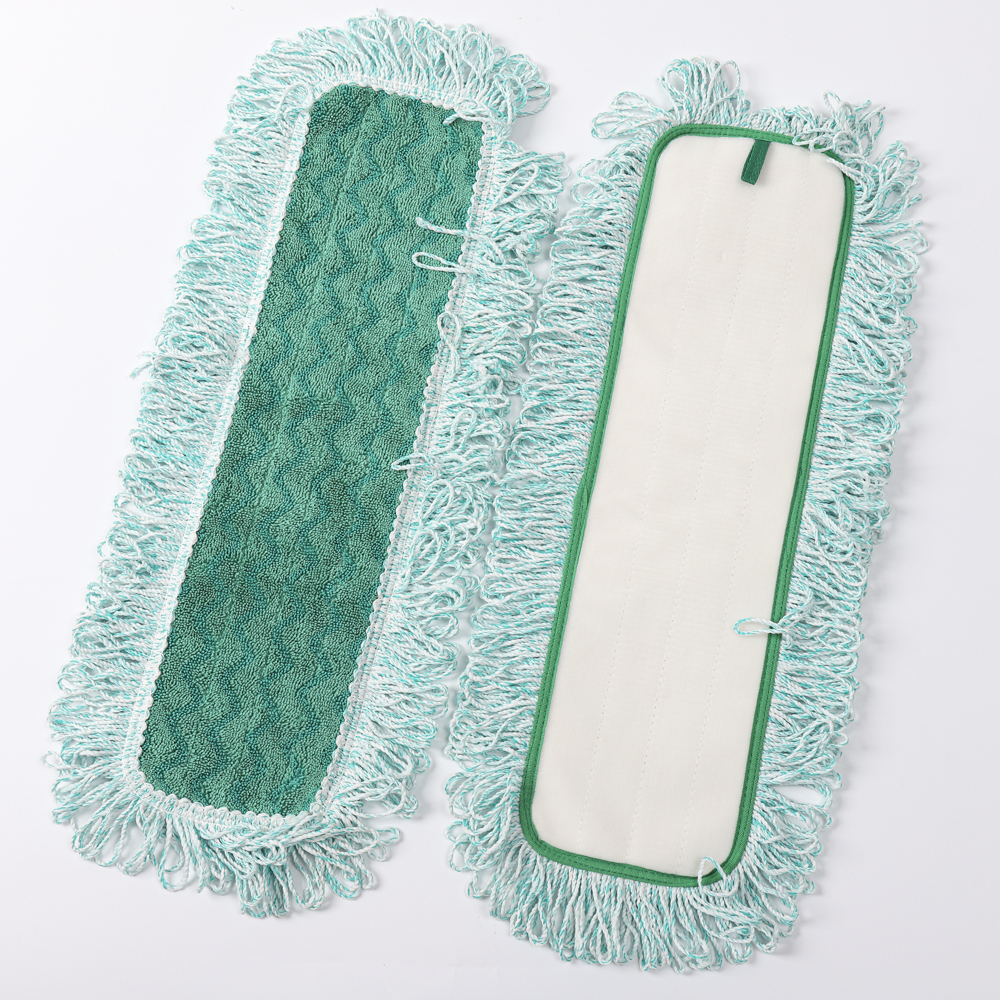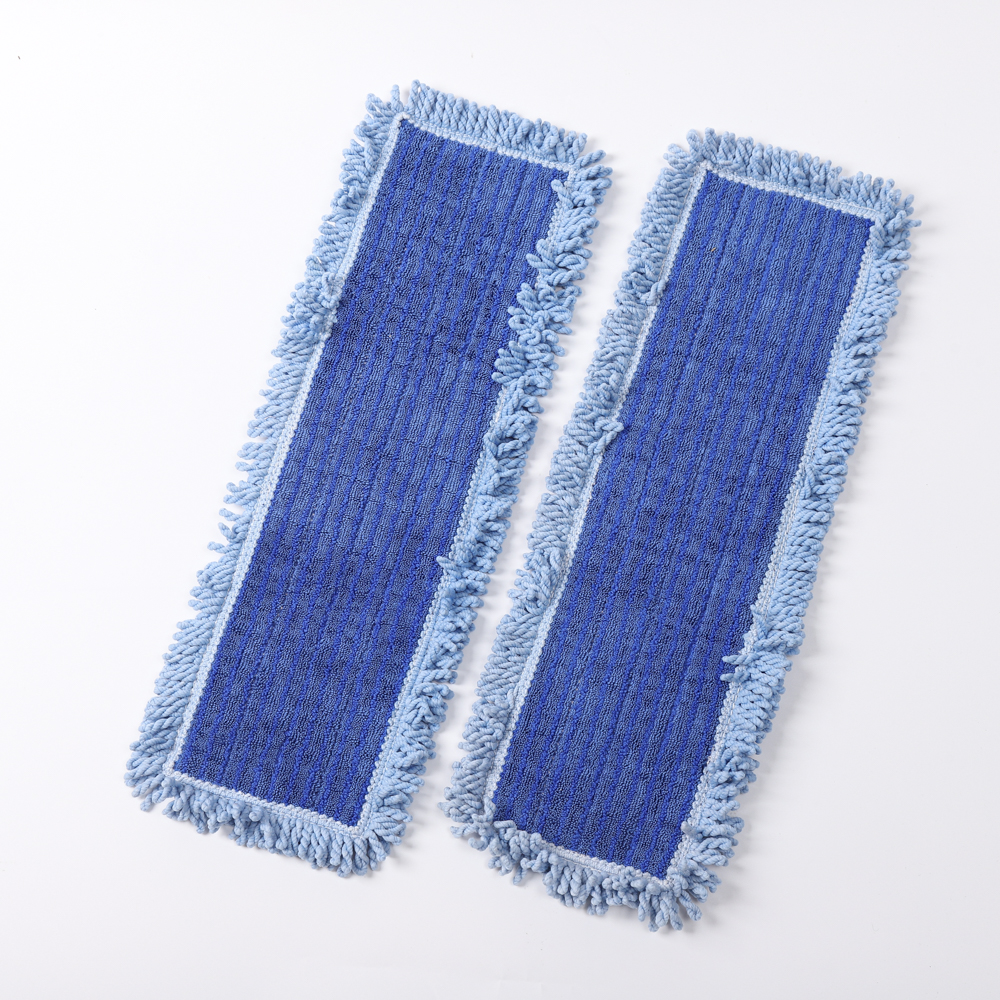Japan Showa Chemical Co., Ltd. is developing a variety of preservation materials, one of which is to infiltrate some kind of mineral concentrate, which uses phosphoric acid as a raw material, into absorbent paper bags to package vegetables and fruits. During transportation, vegetables and fruits can be supplied with nutrients from mineral concentrates. The company also worked with Asahi's company to develop a thin film of high-purity calcium phosphate and polyethylene film. Practice has proved that calcium phosphate can absorb ethylene and carbon dioxide gas, inhibit the decomposition of chlorophyll, play a role in maintaining freshness. Recently, a fast-acting food package that prevents water vapor from soaking food has been introduced in Japan. The packaging material is composed of polypropylene film, polyethylene film, paper and aluminum foil, and the water vapor is heated during heating. The surface of the film condenses and is absorbed by the paper so that the purpose of soaking the food is avoided. Aseptic packaging for the most prevalent food products in the world has not only been limited to fruit juices and juice drinks in recent years, but has also been expanded to include milk, mineral water and wine. Various types of membranes developed by the University of Cremon, South Carolina, use corn, soybeans, and wheat as raw materials to make corn protein into paper for packaging of sausages and other foods. After use, they can be used for poultry consumption or as fertilizers. . The collagen film developed by Natick in the United States is made of animal protein collagen and has the characteristics of high strength, water resistance and excellent water vapor barrier properties. It can be melted and thawed and eaten immediately. It is not used to change the packaging of meat products. Its flavor. The film developed by Japan's Mitsubishi Rayon Co., Ltd. is made from natural polysaccharides extracted from red algae. It is semitransparent, tough, and heat sealable. In addition, there are some types of edible protein films, milk protein film, casein film, zein film, etc., as well as newly developed edible packaging with antibacterial functions, etc., in zein or soy protein. The bacteriostatic components such as lysozyme are added to the single membrane to control the growth of pathogens in the food and the food spoilage introduced by microorganisms. In the printing of food packaging, a flexographic printing technology was adopted. This pollution-free printing technology has the characteristics of being free of benzene and heavy metals, non-toxic and odorless products, no toxic gas emissions, and no odor residue in printed matter. At present, 80% of the packaging in the United States uses this type of printing technology.
US-Japan Food Packaging Technology
Our microfiber dust mops all produced with heavy gsm dust microfiber mop fabics and edge sewing with microfiber fringe loops that wears out hardwood, laminate, and other surface floors prematurely! With it's heavy GSM it can make the surface of all floor quick dry and clean. The microfiber fringe loops reaches into corners and gobbles up debris & the microfiber face yarn attracts and holds on to tiny dust and dirt particles. Our positively charged microfiber dust mop heads attracts negatively charged dust like a magnet! Compared Microfiber Wet And Dry Mop or Microfiber Tube Mop,the microfiber dust mop is the best choice for dust and dry clean.



Microfiber Dust Mop,Microfiber Dry Mop,Quickie Swivel Dust Mop,Dust Mop Pads
jiangsu qiyun cleaning knitting product co.,ltd , https://www.jarfrry.com